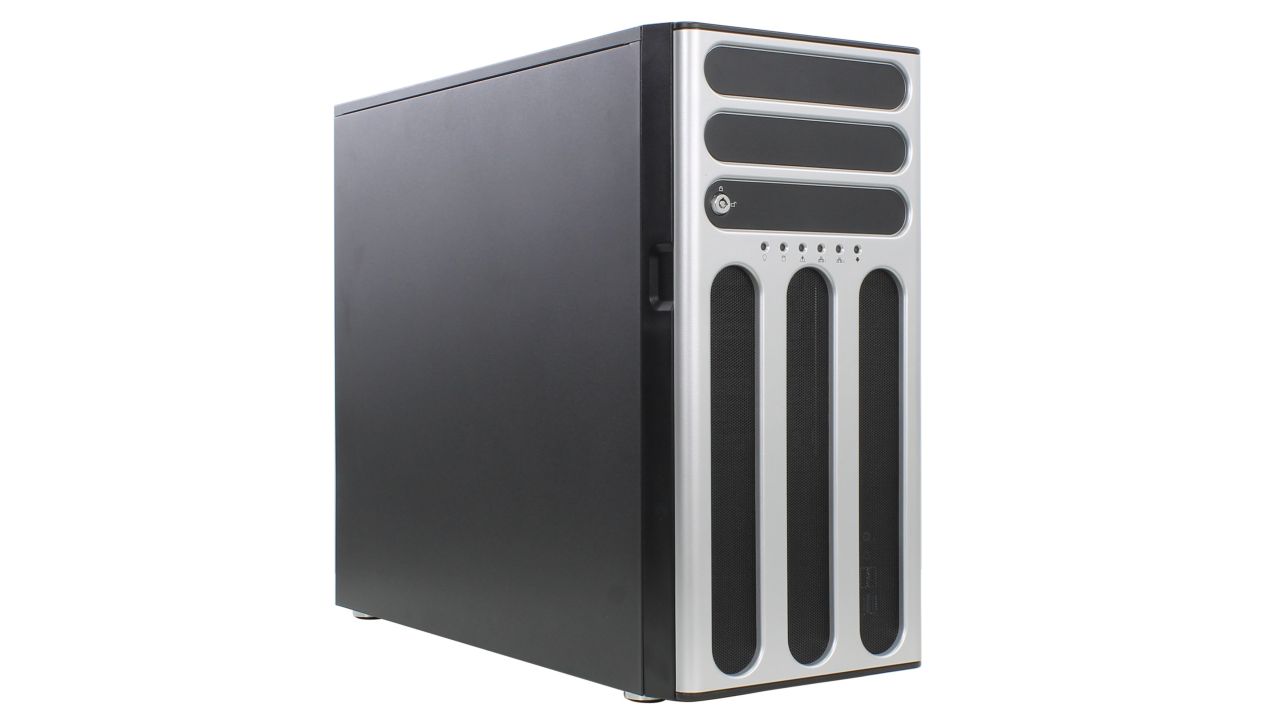5 reasons why your next PC should be a server
More than just cheap and cheerful

Most servers are built for continuous operation with little or no downtime making them ideal for a much wider range of case uses, compared to say NAS (Networked Attached Storage) devices or a classic desktop PC. Sure, they are bigger but that's the downside of offering extra flexibility.
It will require someone with reasonable technical knowledge to do any upgrades but the universal nature of the x86 ecosystem will, at least allow you to exploit the versatility of the platform. That includes changing the processor or any other components, as well as operating systems, down the line.
Sign up to the TechRadar Pro newsletter to get all the top news, opinion, features and guidance your business needs to succeed!

Désiré has been musing and writing about technology during a career spanning four decades. He dabbled in website builders and web hosting when DHTML and frames were in vogue and started narrating about the impact of technology on society just before the start of the Y2K hysteria at the turn of the last millennium.